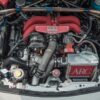When it comes to achieving top speeds, a car’s aerodynamic design plays a crucial role in reducing drag and improving efficiency. The sleeker the shape, the better it cuts through the air, allowing for faster acceleration and better overall performance. In this list, we’ll explore the top 25 most aerodynamic cars ever built, each engineered to maximize speed and streamline airflow, proving that great design is just as important as raw horsepower when it comes to hitting the fast lane.
Contents
Tesla Model S Plaid

The Tesla Model S Plaid earns its place thanks to its impressive drag coefficient of just 0.208, making it one of the most aerodynamic production cars available. This electric sedan combines advanced airflow optimization with incredible speed, reaching 0-60 mph in under 2 seconds. Its sleek, low-slung design and closed grille, along with its underbody shielding, help reduce drag, allowing the Plaid to maximize range and performance.
Mercedes-Benz EQS
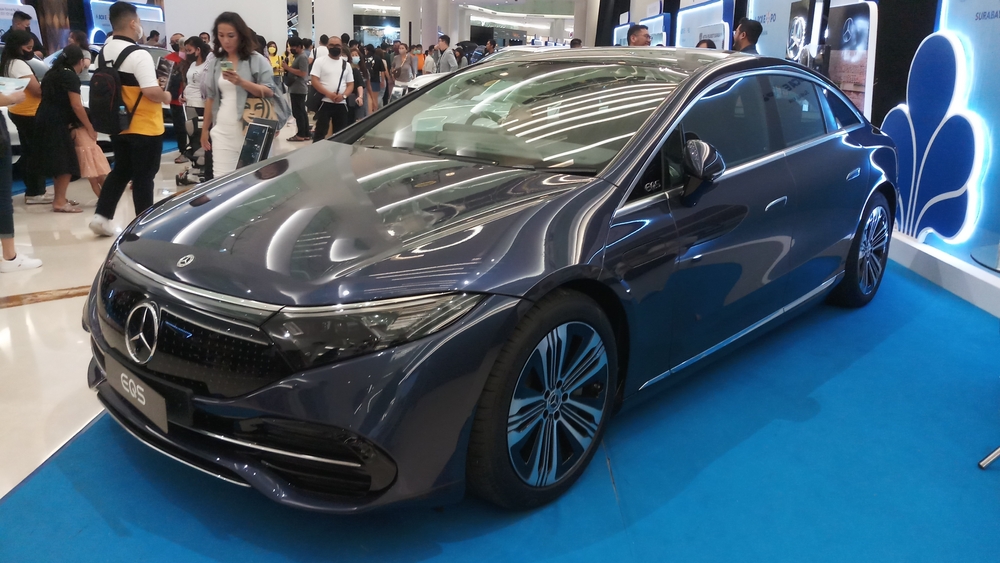
The Mercedes-Benz EQS sets a new standard for luxury electric vehicles with a remarkable drag coefficient of 0.20. This streamlined sedan is shaped to glide through the air with minimal resistance, boosting both its range and efficiency. The EQS’s smooth surfaces, flush door handles, and underbody aerodynamics contribute to its ability to reach top speeds while maintaining energy efficiency.
Lucid Air
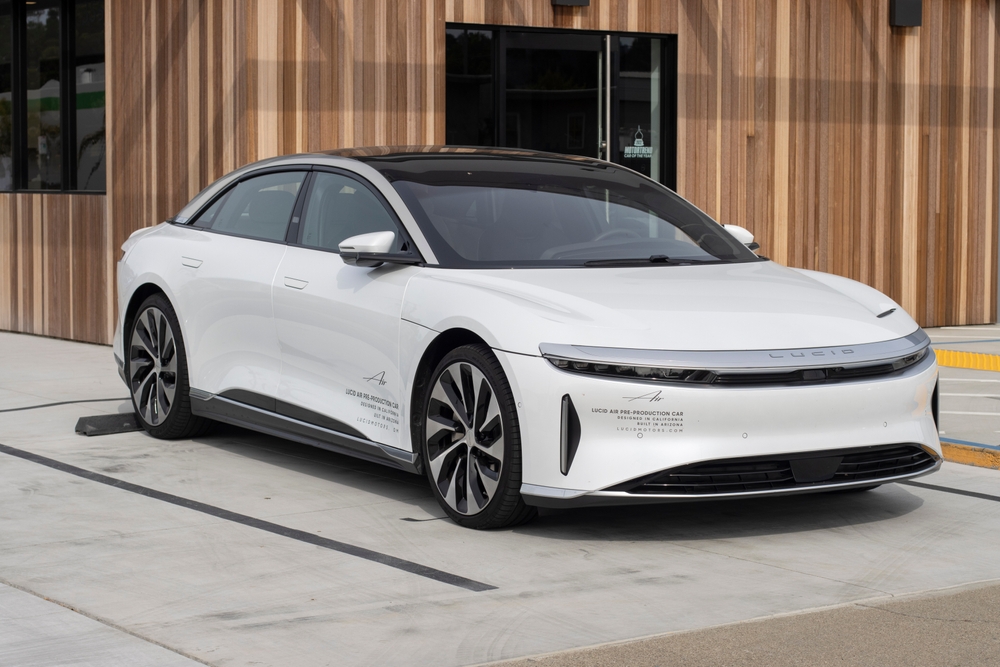
The Lucid Air offers a stunning combination of performance and aerodynamics, with a drag coefficient of 0.21. Its sleek, futuristic design enhances both its speed and range, and features like active grille shutters and an extremely low ride height help it slice through the air with minimal drag. The Lucid Air’s engineering makes it one of the most efficient electric sedans ever built for speed.
Volkswagen XL1
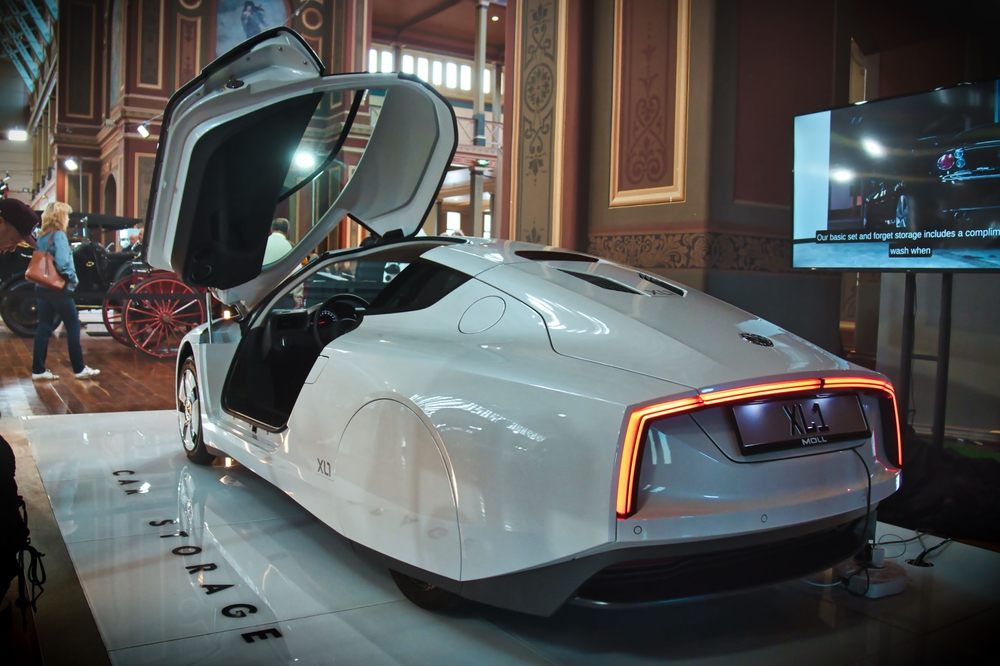
With a drag coefficient of 0.189, the Volkswagen XL1 is one of the most aerodynamic cars ever produced. This ultra-efficient plug-in hybrid was designed for minimal drag and maximum efficiency. Its teardrop shape, covered rear wheels, and narrow track help it achieve extreme aerodynamic performance, making it a pioneer in fuel efficiency as well as speed.
Tesla Model 3

The Tesla Model 3 features a drag coefficient of 0.23, making it one of the most aerodynamically efficient cars in its class. Its sleek, smooth body and lack of a traditional front grille reduce air resistance, while a flat underbody and rear diffuser further enhance its ability to cut through the wind. These features help improve both performance and range, allowing for higher speeds.
Porsche Taycan Turbo

The Porsche Taycan Turbo is an all-electric sports car with a drag coefficient of 0.22. Its low-slung, sculpted body is designed for optimal airflow, improving both speed and energy efficiency. Active aerodynamics, including adjustable air intakes and a retractable rear spoiler, allow the Taycan to adapt to different driving conditions, making it an incredibly aerodynamic performance car.
BMW i8
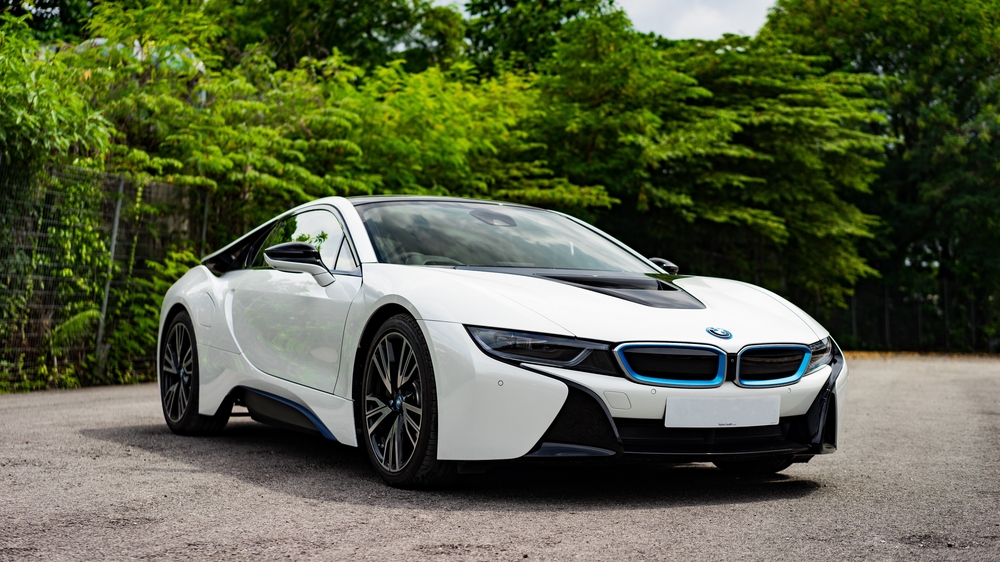
The BMW i8 is a plug-in hybrid sports car with a futuristic design and a drag coefficient of 0.26. Its low, wide stance and lightweight carbon fiber body are designed to minimize air resistance. The i8 features active aerodynamic elements, such as flaps that open and close based on speed, and its butterfly doors enhance its sleek, high-performance appearance.
Audi A6 e-tron
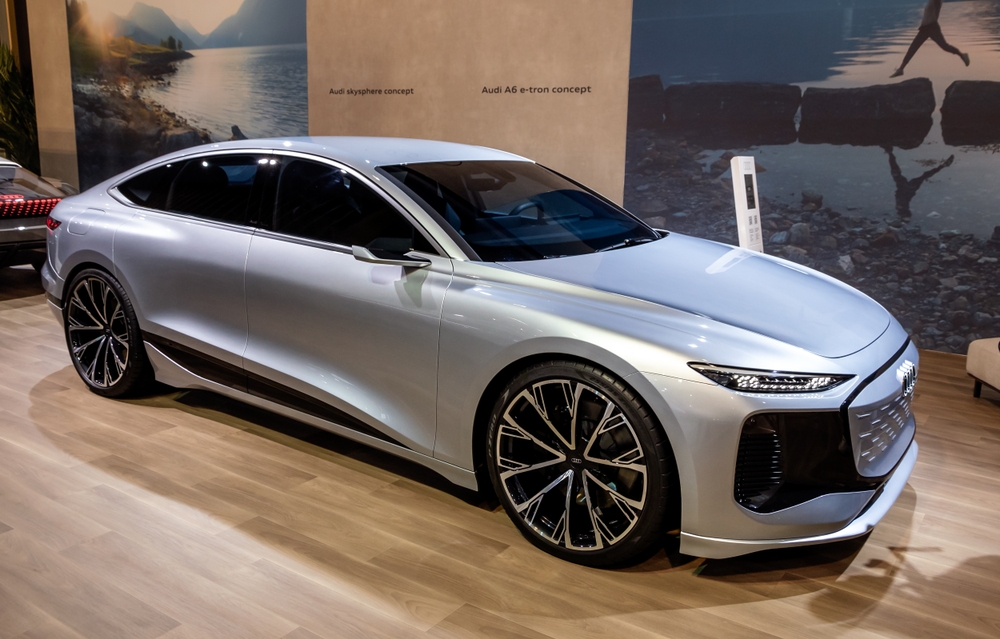
The Audi A6 e-tron is a concept electric vehicle with a drag coefficient of 0.22. Its smooth, flowing lines and carefully designed front end are optimized for aerodynamic efficiency, helping to increase range and performance. Audi’s engineers have paid close attention to airflow around the wheels and underbody, making it a strong contender for aerodynamic excellence in the electric vehicle market.
Toyota Prius (4th gen)
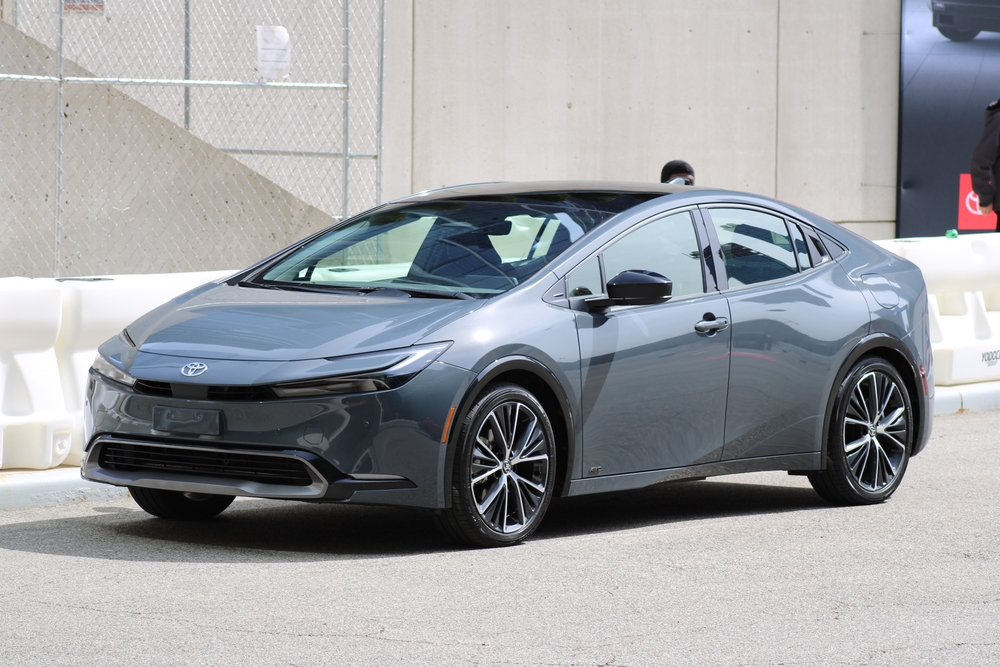
The Toyota Prius has long been associated with aerodynamic efficiency, and the fourth generation features a drag coefficient of 0.24. Its distinctive wedge-shaped design, low stance, and smooth lines contribute to reducing air resistance. The Prius also incorporates active grille shutters and underbody panels to further streamline airflow, enhancing both fuel efficiency and performance.
Honda Insight
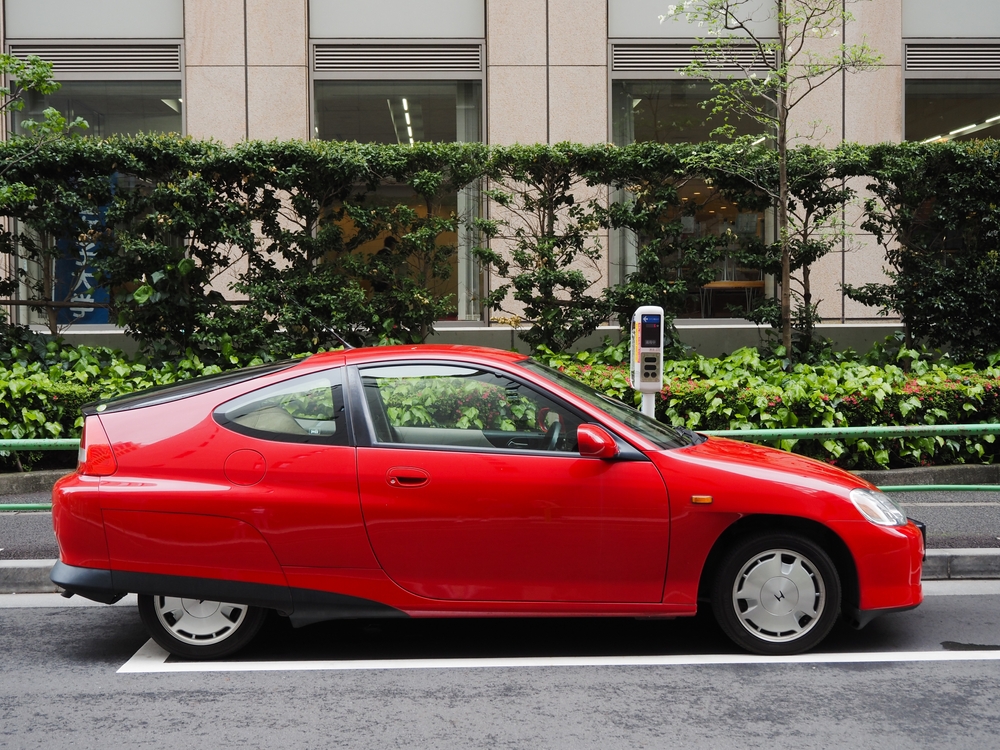
The Honda Insight was one of the first hybrid cars, designed with aerodynamics in mind. With a drag coefficient of 0.25, its sleek, compact body minimizes air resistance, allowing for better fuel economy and decent performance. The early focus on aerodynamic design helped set the standard for future hybrid and electric vehicles.
Chevrolet Volt
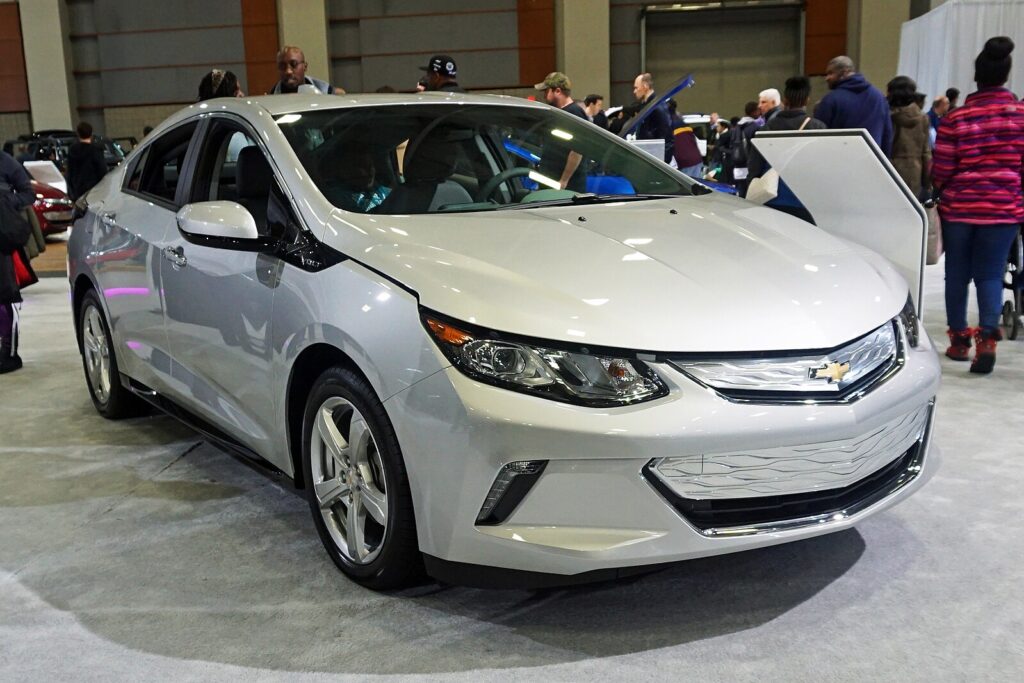
The Chevrolet Volt balances aerodynamics and hybrid technology with a drag coefficient of 0.28. Its streamlined body features smooth contours, a closed front grille, and underbody shielding to reduce drag. While not as aerodynamic as some other cars on this list, the Volt still manages to optimize airflow for improved efficiency and performance.
Mazda 3 Hatchback
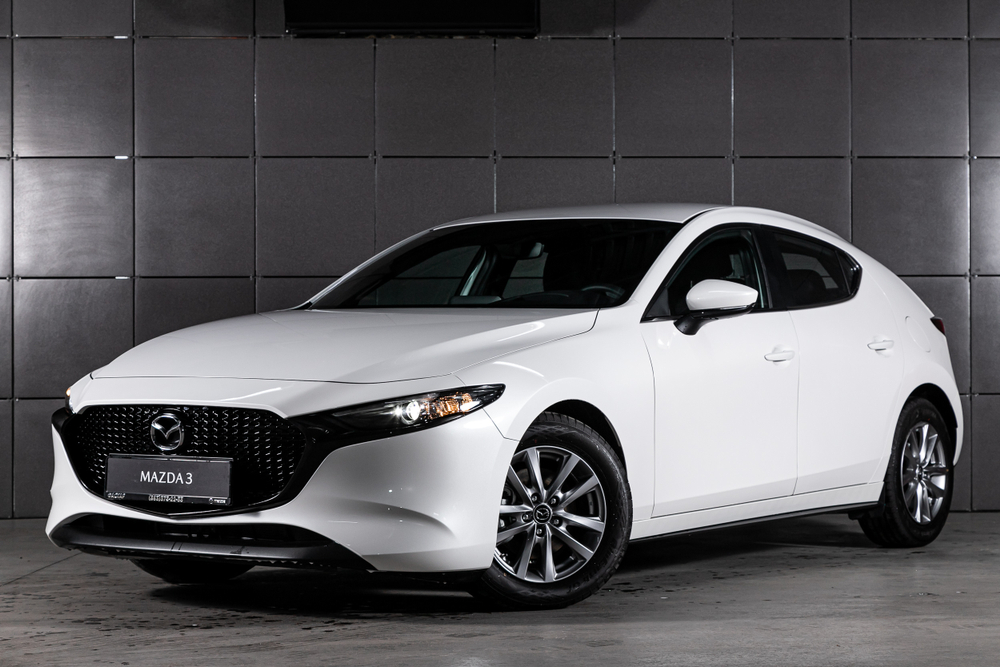
The Mazda 3 Hatchback combines a sleek design with a drag coefficient of 0.26, making it one of the more aerodynamic compact cars. Its smooth bodywork and refined shape contribute to a lower drag, improving fuel efficiency and allowing for better high-speed handling.
Jaguar I-PACE
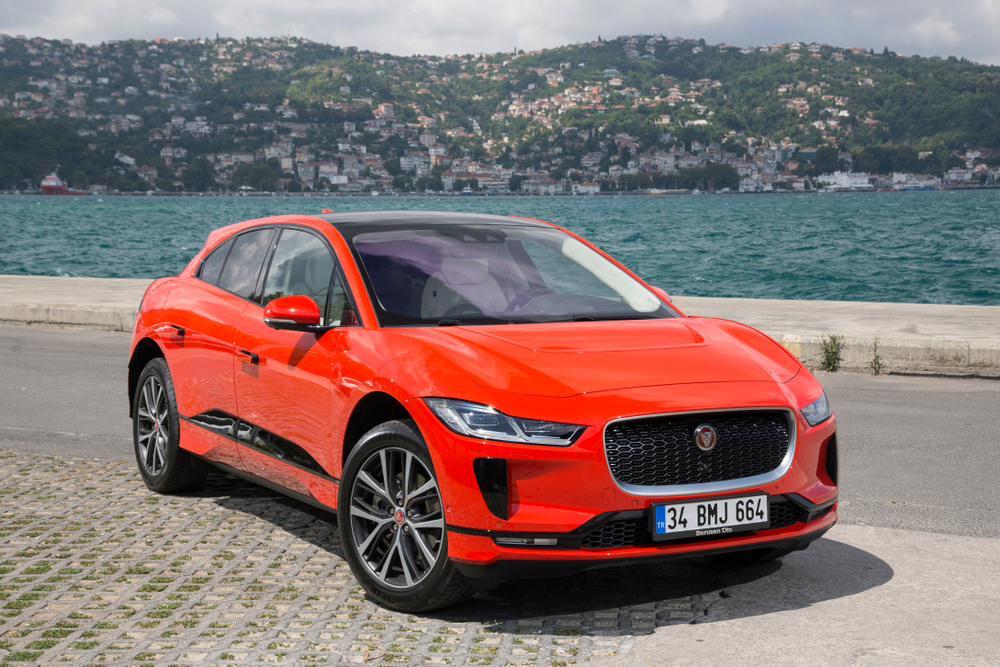
The all-electric Jaguar I-PACE boasts a drag coefficient of 0.29, which, while not the lowest, is impressive for a luxury SUV. Its cab-forward design, low roofline, and rear spoiler help improve aerodynamics, enhancing both its speed and electric range.
BMW 5 Series
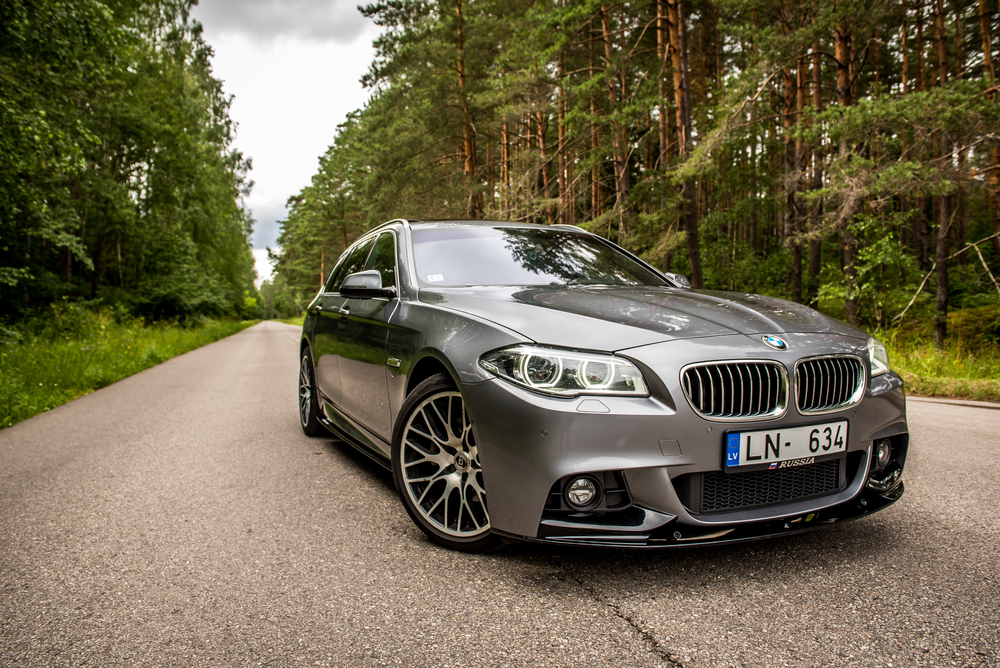
The BMW 5 Series has a surprisingly low drag coefficient of 0.22, making it one of the most aerodynamic luxury sedans. BMW has optimized the 5 Series’ body shape, added active grille shutters, and improved underbody airflow to reduce drag, which enhances both fuel efficiency and high-speed stability.
McLaren Speedtail
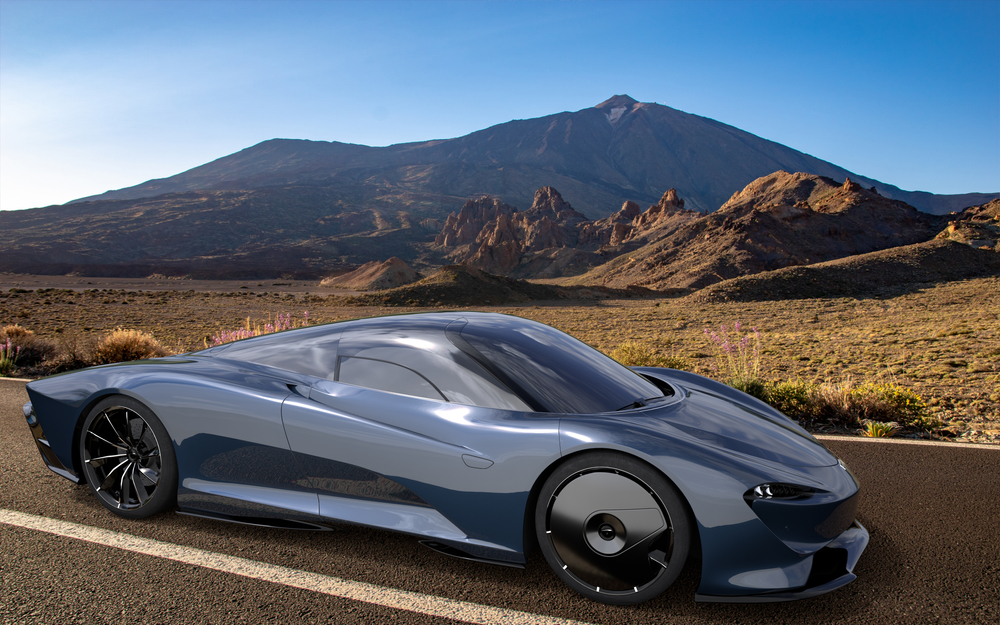
The McLaren Speedtail is a hypercar designed with speed in mind, boasting a drag coefficient of 0.278. Its elongated, teardrop shape and advanced active aerodynamic systems, such as retractable rear ailerons, allow it to achieve incredibly high speeds with minimal air resistance. The Speedtail’s design is entirely focused on breaking speed records.
Bugatti Chiron Super Sport 300+

The Bugatti Chiron Super Sport 300+ is an aerodynamic hypercar designed to surpass 300 mph. Its streamlined body features a low drag coefficient and uses advanced aerodynamics like active rear wings and optimized airflow channels to achieve both stability and speed at extremely high velocities.
Koenigsegg Jesko Absolut
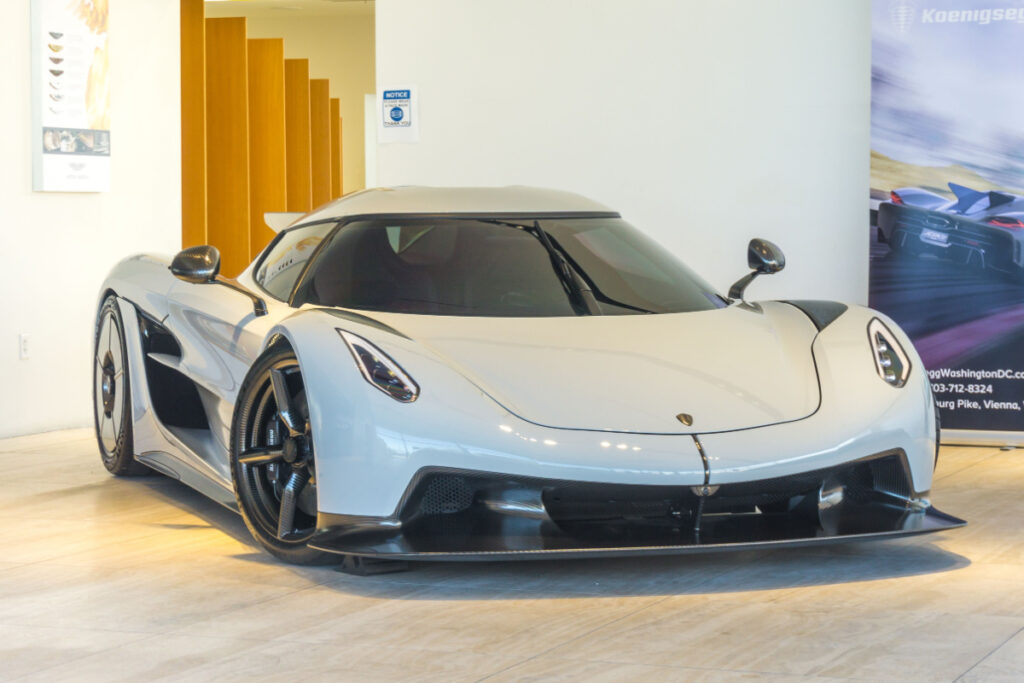
The Koenigsegg Jesko Absolut is designed to break speed records with a focus on minimizing drag. Its sleek, elongated body and absence of large aerodynamic wings help reduce drag and increase top speed. The Jesko Absolut’s engineers have fine-tuned every detail to maximize performance in a straight line.
Ferrari LaFerrari
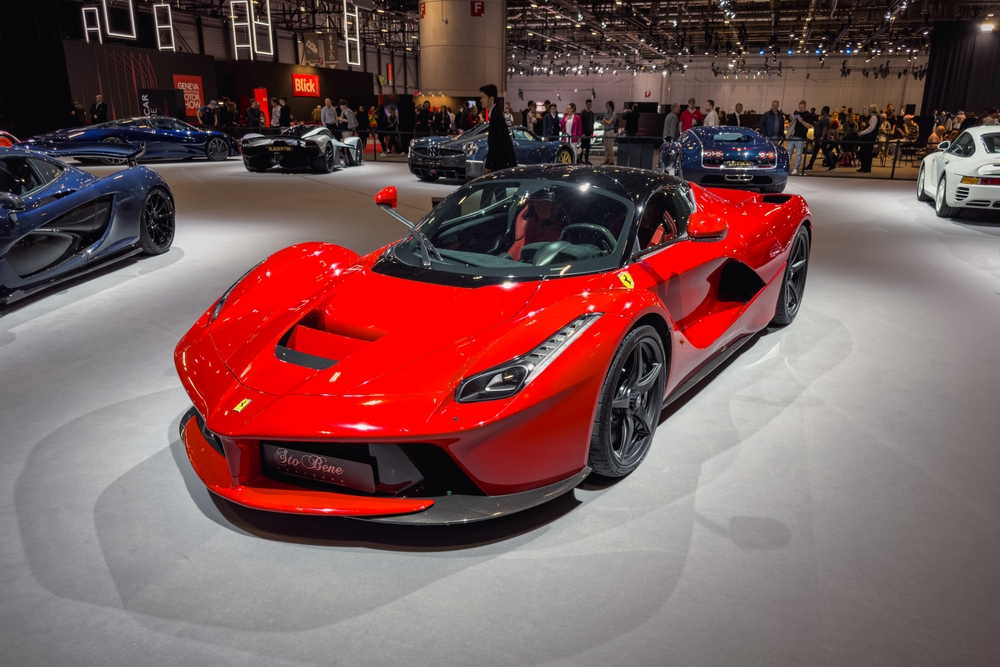
The Ferrari LaFerrari combines aerodynamic efficiency with raw power. Its sculpted body, active aerodynamics, and low drag coefficient help it achieve top speeds while maintaining stability. The LaFerrari’s advanced design reduces drag while providing the downforce necessary for high-performance handling.
Pagani Huayra
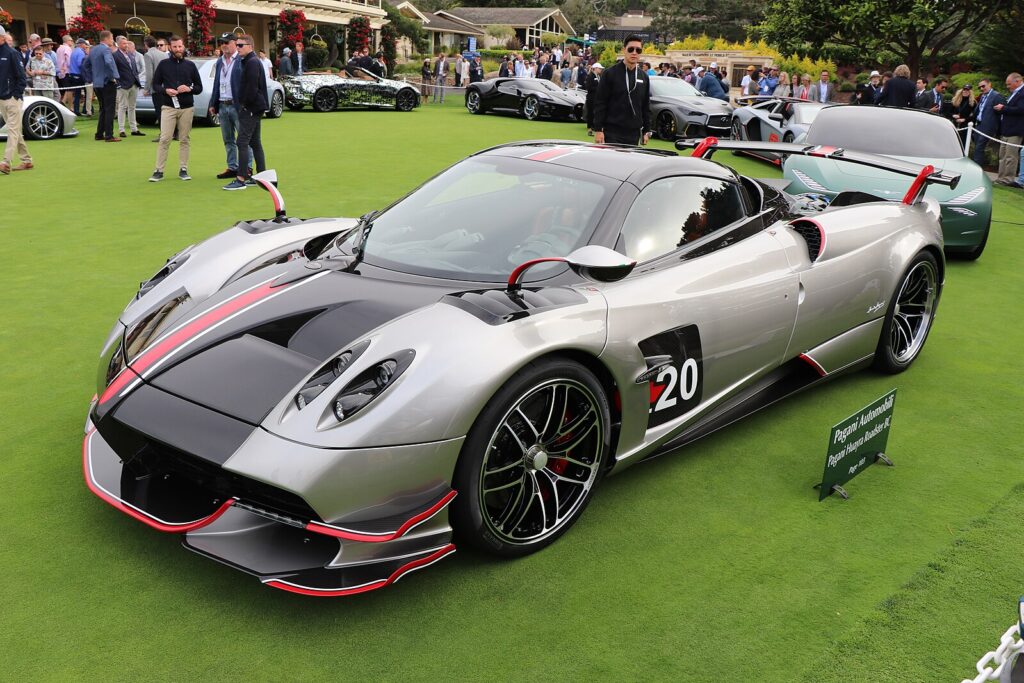
The Pagani Huayra is known for its active aerodynamics, which adjust to optimize performance based on driving conditions. The Huayra’s sleek, flowing lines and carefully crafted body help reduce drag while providing the necessary downforce for high-speed cornering and stability.
Lamborghini Aventador SVJ

The Lamborghini Aventador SVJ features advanced aerodynamic design elements, including an active rear wing and front splitter, which help reduce drag and increase downforce at high speeds. Its aggressive styling is not just for show—it’s carefully engineered to improve airflow and enhance performance.
Rimac Nevera
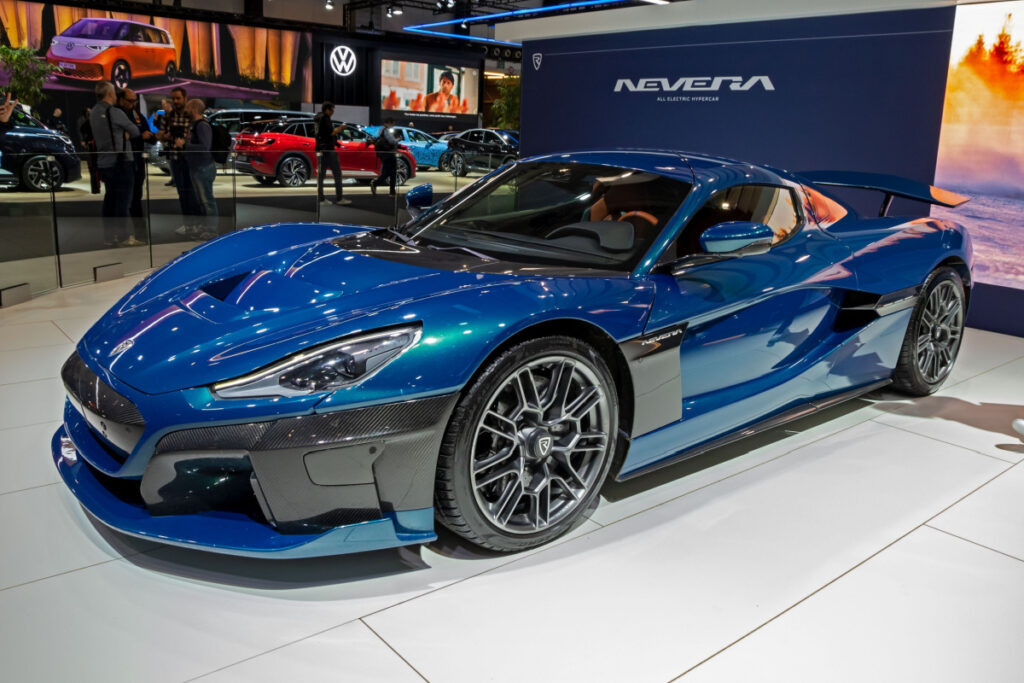
The Rimac Nevera is an electric hypercar that combines raw power with aerodynamic efficiency. Its sleek, low body and advanced aerodynamic features help minimize drag while allowing it to reach incredible speeds, making it one of the fastest electric cars on the road.
Nissan GT-R
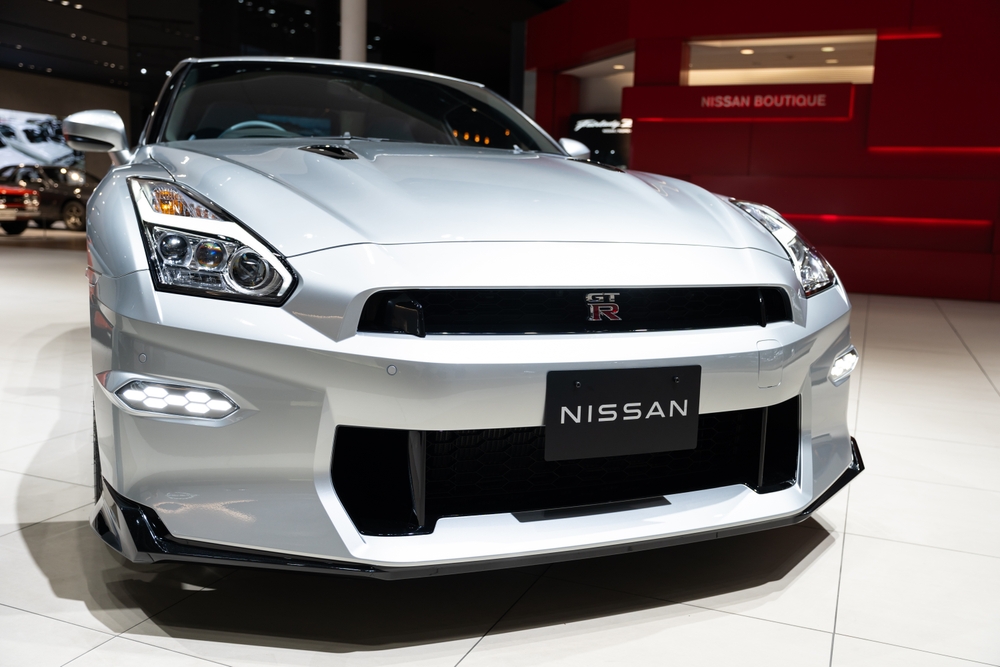
The Nissan GT-R is famous for its blend of performance and aerodynamics. Its body design, featuring a wide stance, rear spoiler, and vented hood, helps reduce drag and improve downforce, allowing for better handling and top-end speed.
Ford GT
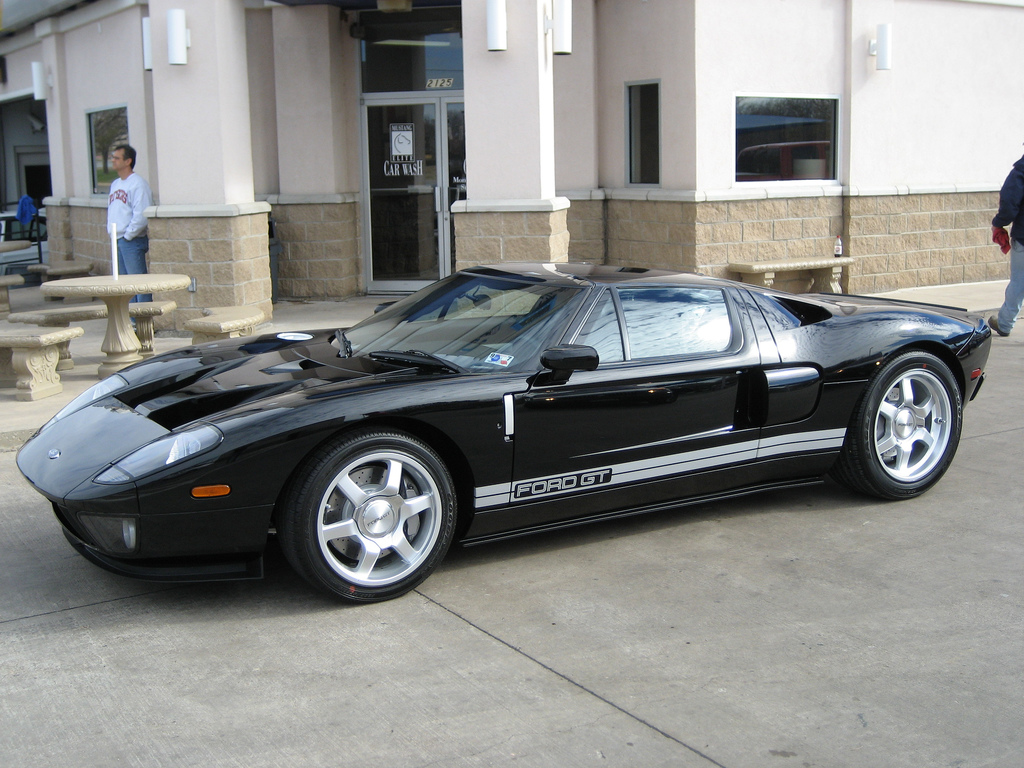
The modern Ford GT was designed with racing in mind, and its aerodynamic shape is built for speed. Features like a teardrop body, large rear diffuser, and active rear wing help minimize drag while maximizing downforce, making it a high-performance supercar.
Lotus Evija

The all-electric Lotus Evija hypercar boasts an incredibly aerodynamic design, with sculpted airflow channels and a teardrop shape that reduces drag. Its low-slung body and futuristic design make it one of the most streamlined electric vehicles on the market, contributing to its high-speed capabilities.
Alfa Romeo 4C
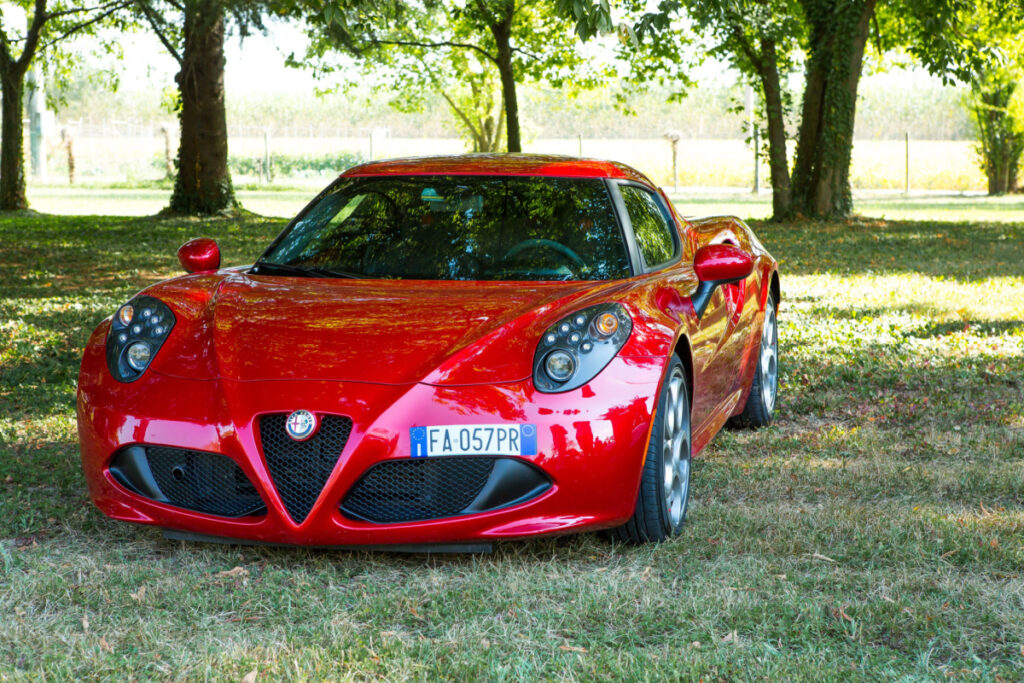
The compact Alfa Romeo 4C is lightweight and designed with aerodynamics in mind. Its small, low-slung body and carefully crafted lines reduce drag, allowing for agile handling and respectable speeds despite its modest size and power. The 4C strikes a balance between performance and efficiency.
This article originally appeared in MyCarMakesNoise.
More from MyCarMakesNoise
20 Easy Ways People Neglect Their Motorcycle’s Engine

Neglecting a motorcycle’s engine can lead to costly repairs and performance issues down the road. Many riders unintentionally overlook routine maintenance tasks, often resulting in unnecessary wear and tear. Read More
20 DIY Tire Maintenance Tips to Extend Tread Life and Save

Proper tire maintenance is essential not only for extending the life of your tires but also for improving vehicle performance and saving money in the long run. By following simple DIY tips, you can avoid premature wear and ensure your tires last longer. Read More
18 Vintage RVs That Are Now Highly Collectible and Worth Restoring

Vintage RVs offer a unique charm and a glimpse into the golden age of travel, where adventure met retro style. Many of these classic RVs have become highly collectible due to their distinctive designs, quality craftsmanship, and nostalgic appeal. Restoring these timeless vehicles not only preserves a piece of history but can also be a rewarding project for enthusiasts. Read More








